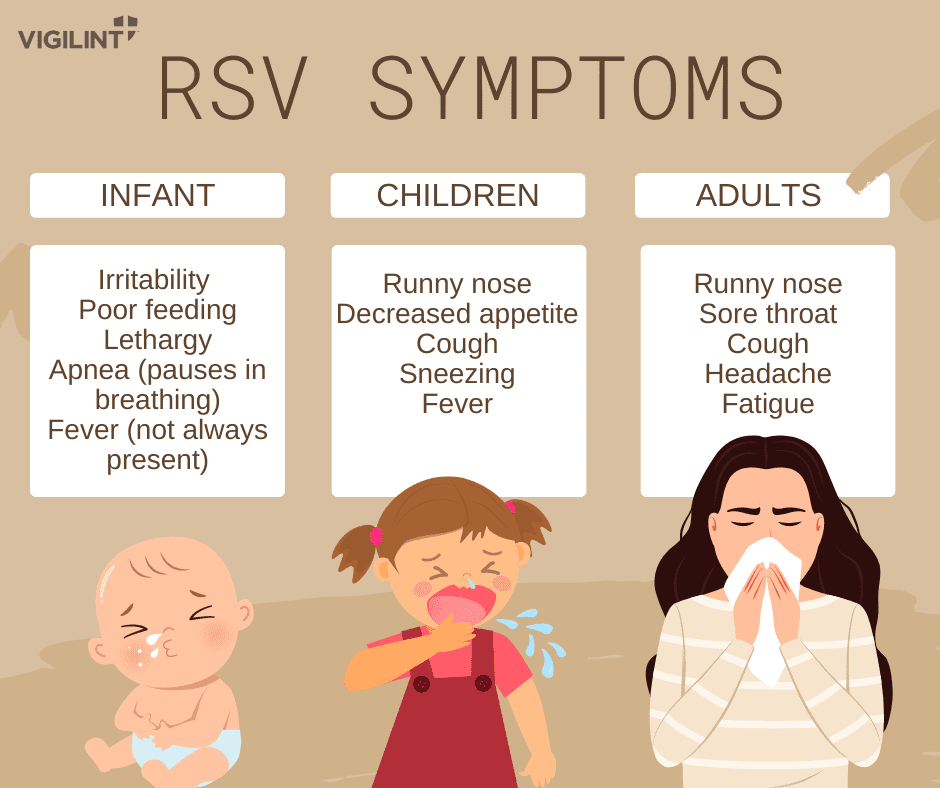While COVID has occupied a great deal of public attention since its emergence in 2019/2020, in recent months, Lower Respiratory Infections (LRI) and Respiratory Syncytial Virus (RSV) have demanded their own share of the limelight. Rates of both have reached concerning levels, and public health discourse is devoting more attention to them. While symptoms and presentation for each vary, an understanding of both LRI and RSV is vital for those wishing to maintain a full picture of the medical intelligence and public health situations globally.
What are Lower Respiratory Infections?
As the name would suggest, LRI comprises a broad set of diseases, defined collectively as any infection in the lungs or the respiratory system below the voice box. These include—but are definitely not limited to—bronchitis, pneumonia, and tuberculosis. LRIs typically present with several common initial symptoms:
- Congestion
- Runny nose
- Low-grade fever
- Sore throat
- Sneezing
- Headache
LRI symptoms may progress from there, moving on to more serious cases, including fever, severe cough, wheezing or difficulty breathing, or cyanosis (a bluish tint to the skin due to lack of oxygen). Infants or young children with LRIs may present with difficult breathing manifesting short, shallow breaths or straining chest muscles, poor feeding, or irritability. Most LRIs respond well to home treatment: OTC medications for cough or fever, rest, and fluids. If symptoms persist or become severe, it’s time to see a doctor.

Respiratory Syncytial Virus (RSV)
RSV infections often include the same symptoms as they cause an LRI, but RSV is a distinct virus in its own right. Per the Mayo Clinic, RSV is extremely common, such that most children have been infected by their second birthday. In most cases involving adults or healthy children, RSV presents with the mild symptoms associated with LRI and generally clears up in a week or two with home care. However, as with many respiratory illnesses, RSV can cause more serious problems in small children, children with existing health issues, older adults, or immune-compromised adults. If the patient has trouble breathing or becomes dehydrated, hospital treatment may be necessary. During such treatment, the patient may be given an IV for hydration or placed on a mechanical ventilator. Hospitalization for RSV typically only lasts a few days.
Concerns about RSV come at a time in which RSV is a leading cause of hospitalization for children in Europe, while in the US, there’s much talk of a potential cure for the virus emerging over the next few months. The simultaneous re-emergence of the flu complicates the public health situation around RSV as a seasonal health concern. Both RSV and influenza rates dropped in 2020 due to protective measures in place around the COVID-19 pandemic. Both are now resurgent, with the additional concern that bird flu may leap from avian to humans.
LRI and RSV Prevention
With all that in mind, what should we all do going forward? As with most potential infections, the best mode of treatment is prevention. This will include following many of the safety measures used during the pandemic, including:
- Regular hand washing, particularly after being in public or among people outside one’s household
- Covering coughs and sneezes
- Taking precautions around close contact with others, including shaking hands, sharing utensils or drinking vessels, or kissing
- Frequently cleaning frequently touched surfaces, including door knobs, light switches, keyboards, and mobile devices
- Exercising extra caution in crowded spaces or while traveling
At the time of this writing, there is no reason for panic or worry, but every reason to take reasonable precautions to avoid the spread of RSV, the flu, COVID, and other diseases that may lead to an LRI. We will provide updates and more information in this blog as the situation evolves.
